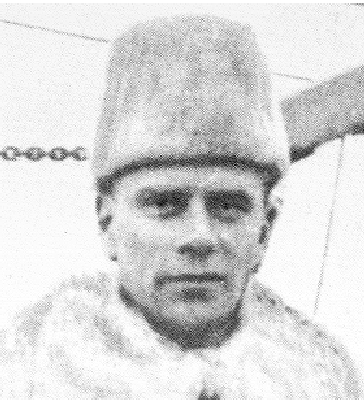


To get rid of Thesleff Mannerheim sent him to the German Baltic Division in March to act as a contact officer. While in this post, Thesleff discontinued the reports for ten days in April. These reports would have been of crucial importance to Mannerheim on account of fundamental decisions to be made concerning the Viipuri operation. Thesleff participated in operational action as the commander of a battallion assembled from the voluntary troops of Pellinki.
When the Senate proposed that Thesleff should be elected Minister of War Mannerheim said, "After all that has happened, there can be no cooperation" and "I have never surrendered to the Germans".
When Mannerheim resigned from his post as Commander-in-Chief Thesleff became Minister of War (from 27 May till 27 November, 1918), Commander-in-Chief of the army (from 13 August till 27 November, 1918) and Chief Commander of Civil Guards (from 2 August till 27 November, 1918).
Commander-in-Chief 1918 | Headquarters 1918
| Vaasa Senate | Hannes Ignatius
| Martin Wetzer | Harald Hjalmarson
| Ernst Linder | Gösta Theslöf | Jägers | St Petersburg Question | Relations with Germany | Cross of Liberty
| Eastern Karelia | Uusimaa Dragoon
Regiment | Fir Twig | Finnish Flag
| Swedish Brigade | Civil Guards | Jäger Conflict | Heikki Kekoni | Red Prisoners | Wilhelm Thesleff
| Aarne Sihvo | Rudolf Walden |
Air Force - Air Weapon | Red and White
Terrorism | Great Parade 16 May, 1918 | Åland Question | Monarchy | Mannerheim's Resignation
COURSE OF LIFE | FAMILY | TIME OF GROWTH | MILITARY CAREER | WAR OF INDEPENDENCE | REGENT 1918-1919 | CIVILIAN | DEFENCE COUNCIL | COMMANDER-IN-CHIEF 1939-1946 | PRESIDENT OF THE REPUBLIC 1944-1946 | RETIREMENT | SPECIAL TOPICS | SEARCH